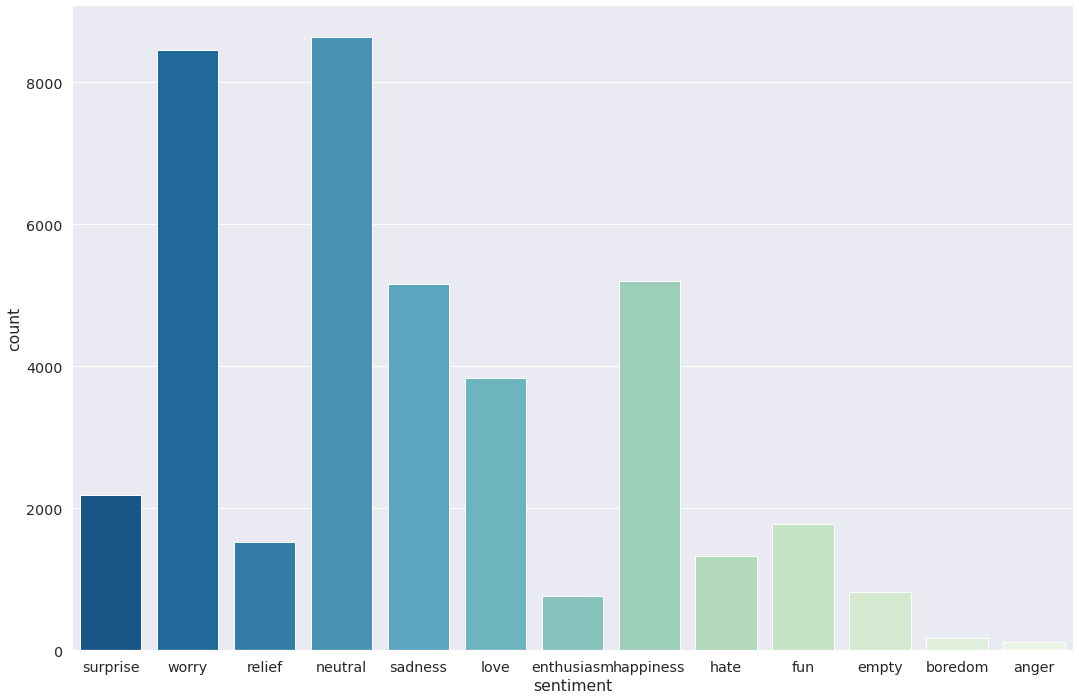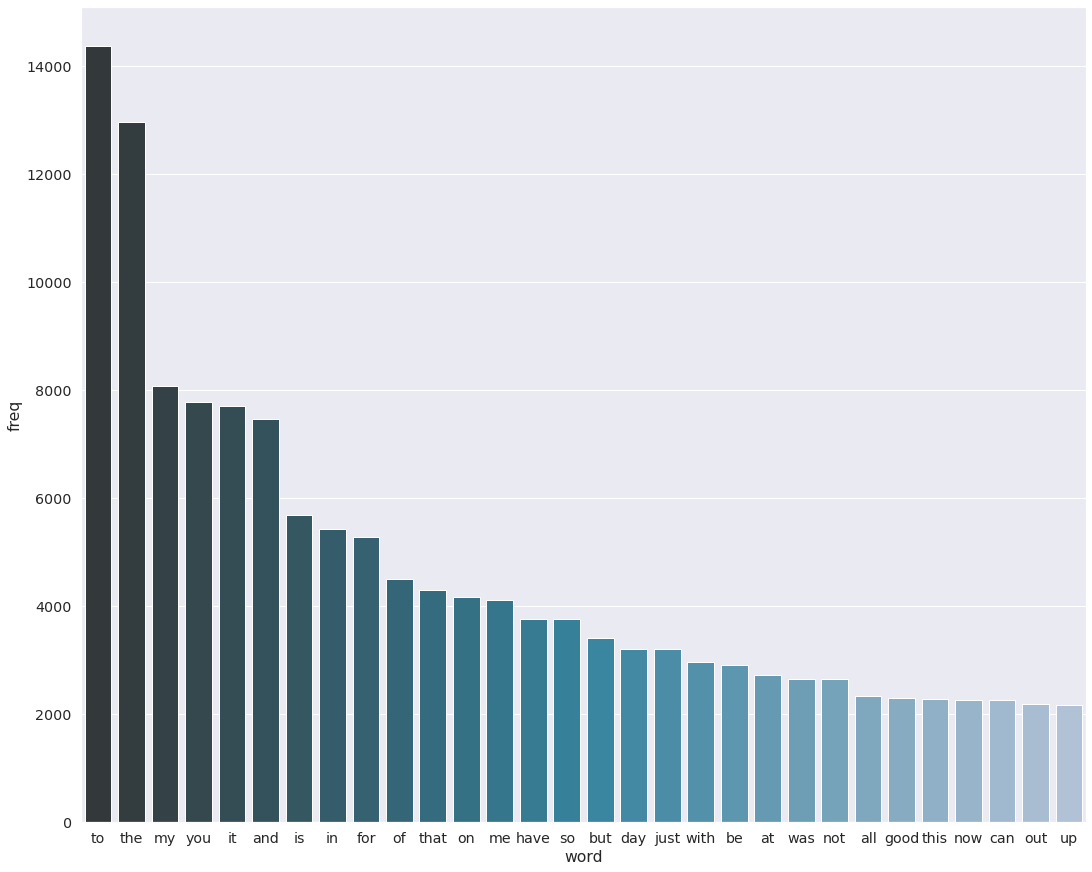Overview
Emotional Analysis is a cutting-edge tool designed to harness the power of Natural Language Processing (NLP) and deep learning to detect and predict emotions from text data. This project focuses on analyzing English sentences or paragraphs and classifying emotions such as joy, anger, sadness, fear, and more. Whether it's a single sentence or an entire paragraph, the system can detect the dominant emotional tone and provide valuable insights.
The Emotional Analysis tool is designed to be highly accurate, leveraging state-of-the-art machine learning models to interpret nuanced emotional cues in language. It offers a versatile solution for applications ranging from customer feedback analysis to mental health evaluations. By understanding the emotional context of the content, organizations and individuals can make more informed decisions based on sentiment data.
Explore the project on GitHub and see how deep learning can transform the way we understand language.

